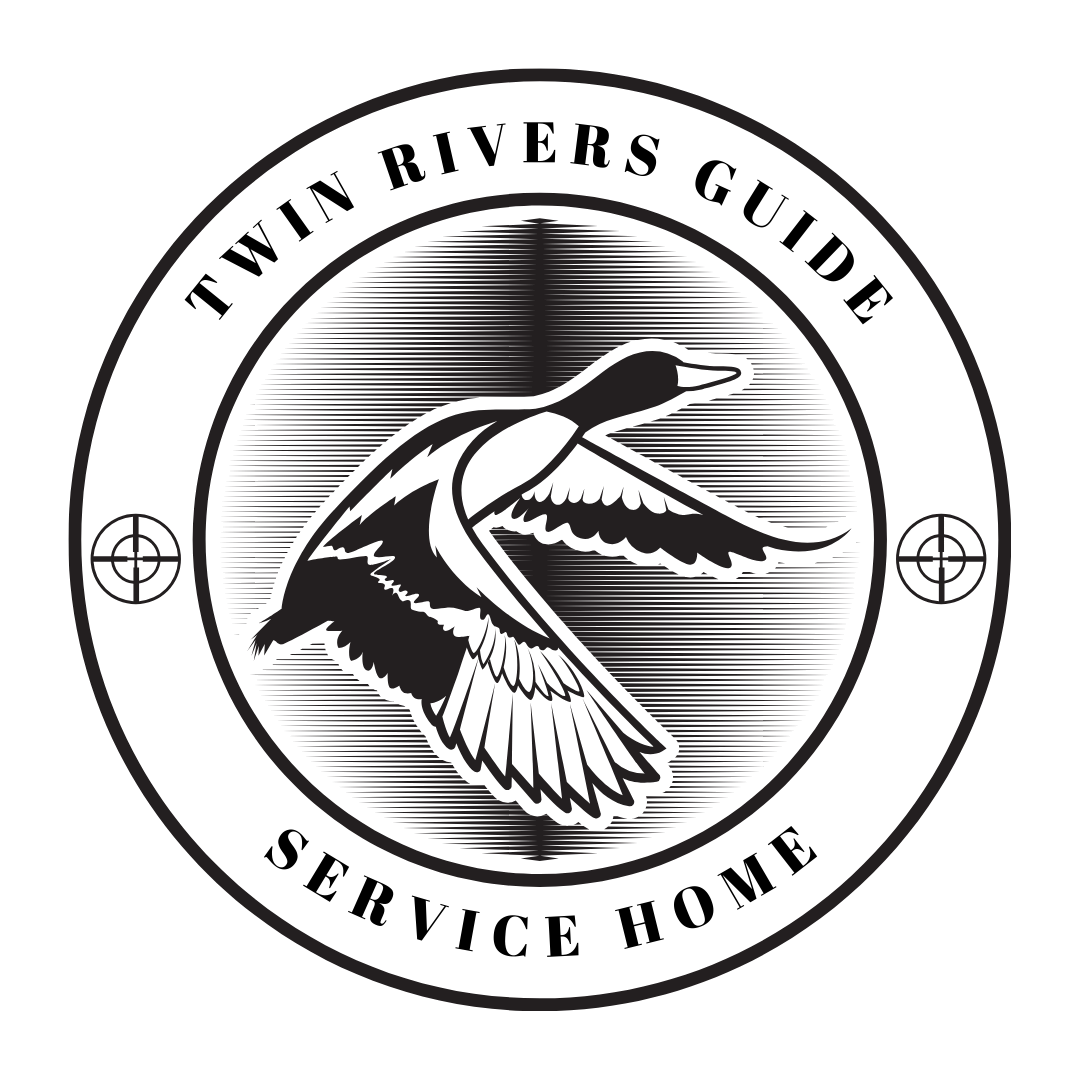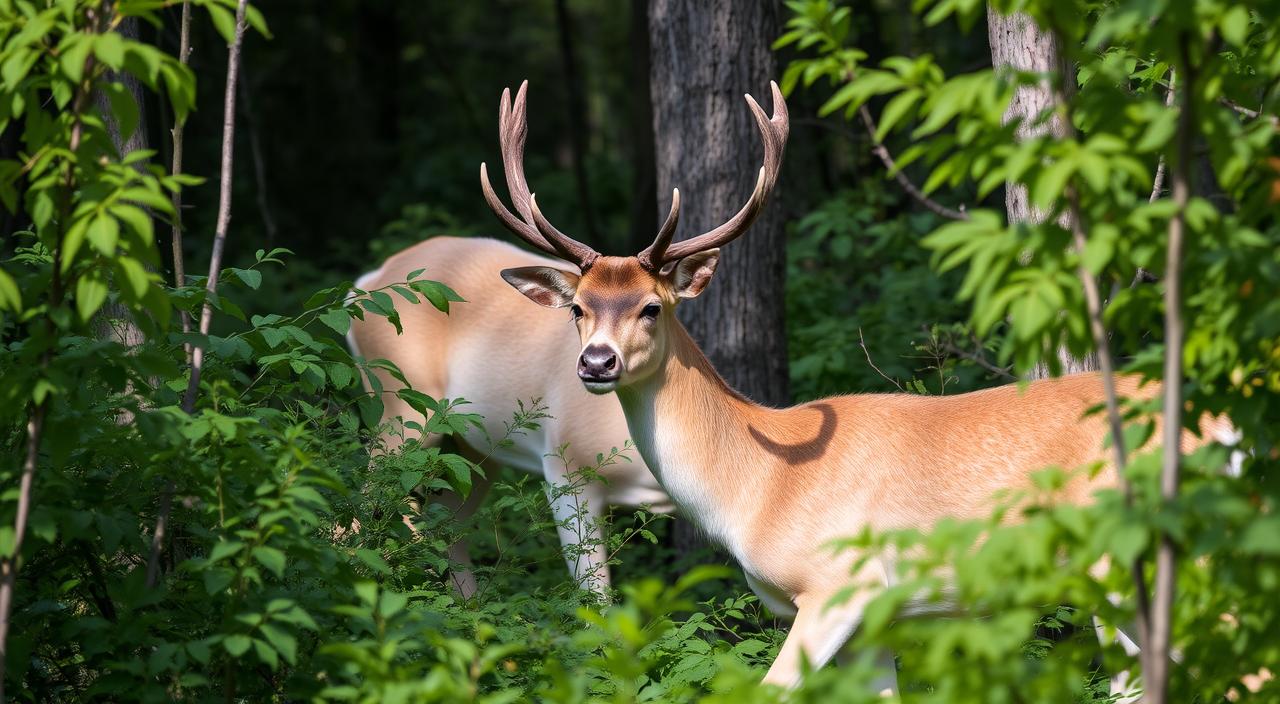Pie bald deer hunting is a thrilling adventure that needs a deep grasp of deer behavior. It also requires the right deer hunting tips to boost success. With the correct hunting gear and knowledge of pie bald deer traits, hunters can enhance their skills and enjoy their time in the field.
To succeed in pie bald deer hunting, understanding their behavior is key. This includes knowing their preferred habitats and population numbers. By grasping these aspects and using the right gear, hunters can up their success rates and enjoy their hunt more.
Key Takeaways
- Understanding deer behavior is crucial for a successful pie bald deer hunting experience
- Using the right hunting gear can improve the chances of a successful hunt
- Pie bald deer hunting requires knowledge of deer characteristics and behavior patterns
- Hunters should learn about habitat preferences and population distribution to increase their chances of success
- Deer hunting tips and strategies can help hunters make the most of their time in the field
- Pie bald deer hunting is a unique and exciting experience that requires patience and practice
- Learning about pie bald deer hunting can help hunters improve their skills and make their experience more enjoyable
Understanding Pie Bald Deer: Characteristics and Genetics
Pie bald deer are a special type of white-tailed deer. They have unique coat patterns and genetic makeup. To understand deer behavior and create good wildlife conservation plans, we need to study them. Their white patches come from a genetic condition that affects melanin production.
Some key pie bald deer characteristics include:
- White or light-colored patches on their coats
- Variable expression of the pie bald trait, ranging from small white spots to extensive white markings
- Genetic basis for the condition, which is inherited from parents
Protecting pie bald deer is vital for wildlife conservation. By knowing the genetic and environmental factors, we can keep these animals healthy and diverse. This helps preserve their populations for the future.
More research on pie bald deer characteristics and deer behavior is needed. It will help us understand how genetics, environment, and conservation work together. This knowledge will guide us in managing and protecting these unique creatures for generations to come.
The Legal Aspects of Hunting Pie Bald Deer
Knowing hunting regulations is key for a successful pie bald deer hunt. Deer hunting laws differ by state and area. It’s vital to learn about local rules before you go.
These laws help protect wildlife conservation and keep deer numbers healthy.
Important hunting regulations include:
- Getting the right permits and licenses
- Respecting bag limits and season dates
- Following rules for hunting methods and gear
Wildlife conservation is vital for pie bald deer. By following deer hunting laws and hunting regulations, hunters help balance hunting and conservation. It’s also crucial to keep up with hunting regulations changes for a safe hunt.
For more on hunting regulations and deer hunting laws in your area, talk to local wildlife agencies or hunting groups. Together, we can support wildlife conservation and keep pie bald deer safe for the future.
Best Seasons and Times for Pie Bald Deer Hunting
Knowing the best deer hunting seasons is key for a successful hunt. Pie bald deer have special wildlife behavior patterns. These patterns can help hunters plan their hunts better.
When planning a pie bald deer hunt, think about their seasonal behavior patterns. Deer are more active at certain times. This makes them easier to track and hunt.
To boost your chances of a successful hunt, follow these hunting tips:
- Choose the best deer hunting seasons for activity
- Learn about pie bald deer wildlife behavior and habitats
- Use hunting tips like tracking and stalking for success
By knowing the best deer hunting seasons and using smart hunting tips, hunters can do better. Always remember to respect wildlife behavior and conservation.
Essential Gear and Equipment
For pie bald deer hunting, the right hunting gear is key. You’ll need rifles, bows, and the right clothes. A good rifle scope, a strong tree stand, and warm, waterproof clothes are must-haves.
Don’t forget outdoor gear like a first aid kit, map, and compass. These are crucial in emergencies. Think about the terrain and weather too. For example, waterproof boots and camouflage clothes are a must in dense forests.
- A good quality backpack to carry all your gear
- A set of binoculars for spotting deer from a distance
- A range finder to accurately measure the distance to your target
- A set of tree stand accessories, such as a climbing stick and a harness
Investing in the right hunting gear and deer hunting equipment boosts your chances of a great hunt. Always follow safety rules and respect the animal and nature.
| Item | Description |
|---|---|
| Rifle Scope | A good quality rifle scope for accurate shooting |
| Tree Stand | A sturdy tree stand for elevated hunting |
| First Aid Kit | A basic first aid kit for emergency situations |
Advanced Pie Bald Deer Hunting Techniques
Experienced hunters know how crucial it is to improve their skills for pie bald deer hunting. They focus on deer hunting techniques, tracking methods, and stalking strategies. These skills help hunters increase their chances of a successful hunt.
Tracking methods are key to finding pie bald deer. Hunters look for deer tracks, scat, and bedding areas. Effective tracking needs patience, detail, and knowing deer behavior. It helps hunters pattern deer movements and find good hunting spots.
Stalking strategies are also vital for getting close to pie bald deer. Hunters use cover and concealment to sneak up on deer. They might use still-hunting or spot-and-stalk to get close. Combining tracking and stalking increases hunting success.
Key Techniques for Success
- Developing effective tracking methods to locate and pattern deer
- Mastering stalking strategies to get close to deer undetected
- Understanding deer behavior and habitat preferences
By improving their deer hunting techniques, hunters can become more successful. They need to keep learning and practicing. They also must respect the deer and their habitat.
Understanding Pie Bald Deer Behavior Patterns
Deer behavior is complex and interesting. Knowing it is key for good hunting. Pie bald deer behavior is shaped by genetics and environment. Wildlife conservation efforts have given us insights into their behavior, helping hunters.
Pie bald deer live in small groups, usually with females and their young. Deer behavior studies show a dominant female leads these groups. This knowledge helps hunters prepare for encounters.
Several factors affect pie bald deer behavior, including:
- Food availability: They eat plants, fruits, and nuts.
- Predator avoidance: Their keen sense of smell and hearing helps them detect threats.
- Mating habits: They mate in the fall, with males competing for dominance and females.
By respecting wildlife conservation and deer behavior, hunters can help protect pie bald deer. This leads to better hunting experiences. As we learn more, we can improve our hunting and conservation efforts.
| Factor | Influence on Pie Bald Deer Behavior |
|---|---|
| Food availability | Directly affects their diet and nutrition |
| Predator avoidance | Shapes their social structure and movement patterns |
| Mating habits | Impacts their population dynamics and genetic diversity |
Setting Up the Perfect Hunting Location
Choosing the right hunting spot is key for a successful hunt. Pie bald deer live in different habitats. Knowing their behavior and patterns helps set up a good hunting location. Tree stands are important for spotting and tracking deer.
A good tree stand location can greatly improve your hunt. Look for spots near food sources like agricultural fields or forest edges. Also, find areas with plenty of cover, like thick vegetation or wooded ridges. Ground blinds are also useful, especially where there are few trees. They let hunters get close to deer without being seen.
- Choosing a location with a clear view of the surrounding area
- Using natural cover, such as rocks or vegetation, to conceal the blind
- Setting up the blind in an area with minimal human disturbance
Using both tree stands and ground blinds can boost your hunting success. Always use scent control to avoid being detected by deer.
| Hunting Location | Tree Stand Placement | Ground Blind Strategies |
|---|---|---|
| Wooded areas | Place tree stand near food sources | Use natural cover to conceal blind |
| Agricultural fields | Place tree stand near field edges | Set up blind in areas with minimal human disturbance |
Common Mistakes to Avoid When Hunting Pie Bald Deer
Even seasoned hunters can make deer hunting mistakes. Knowing these can boost your hunting success. Understanding pie bald deer behavior is key to making smart hunting decisions.
Responsible hunting is crucial for wildlife conservation. Avoiding common errors helps protect deer populations. Some mistakes to steer clear of include:
- Rushing the shot, which can result in a missed opportunity or wounding the deer
- Not being patient and quiet while waiting for the deer, which can scare them away
- Not understanding the deer’s behavior and patterns, which can lead to poor decision-making during the hunt
By knowing these deer hunting mistakes and avoiding them, hunters can have a better hunt. They also help with wildlife conservation. Always follow hunting tips for a safe and fun experience.
A successful hunt is more than just getting a deer. It’s about respecting the animal and nature. By avoiding mistakes and following hunting tips, hunters support the tradition and wildlife conservation.
| Mistake | Consequence | Prevention |
|---|---|---|
| Rushing the shot | Missed opportunity or wounding the deer | Take time to aim and wait for the right moment |
| Lack of patience and quiet | Scaring away the deer | Remain calm and quiet while waiting for the deer |
| Poor understanding of deer behavior | Poor decision-making during the hunt | Study and understand deer behavior and patterns |
Field Dressing and Processing Your Harvest
After a successful hunt, it’s key to field dress and process your deer right. This keeps the meat fresh and safe to eat. You’ll need the right hunting gear and know how to deer process.
Start with a sharp knife, gloves, and a clean surface for processing. When field dressing, make precise cuts and remove organs fast to stop spoilage. Cool the carcass quickly to stop bacteria growth.
- Remove the hide and internal organs
- Clean and rinse the carcass
- Chill the meat to a safe temperature
- Age the meat for tenderness and flavor
Storing the meat right is also key. Use airtight containers or vacuum-sealed bags and keep it cold. The meat should stay below 40°F.
By following these steps and using the right hunting gear, you can ensure your harvest is handled and processed safely and efficiently. Always focus on proper field dressing and deer processing for the best results from your hunt.
| Step | Description |
|---|---|
| 1 | Field dress the deer |
| 2 | Process the meat |
| 3 | Store the meat |
Conclusion: Making Your Pie Bald Deer Hunt Successful
Starting your pie bald deer hunting journey? Success comes from skill, patience, and caring for nature. This guide has given you the tools to enjoy a rewarding and responsible hunt.
Always support wildlife conservation and follow local hunting laws. This helps keep pie bald deer populations healthy for years to come. Enjoy the hunt, but remember to hunt ethically to protect these amazing animals for the future.
With the right attitude, equipment, and plans, your pie bald deer hunt will be a success. You’ll create lasting memories and gain a deeper respect for nature. Take on the challenge, improve your skills, and start an unforgettable adventure in deer hunting and wildlife conservation.

